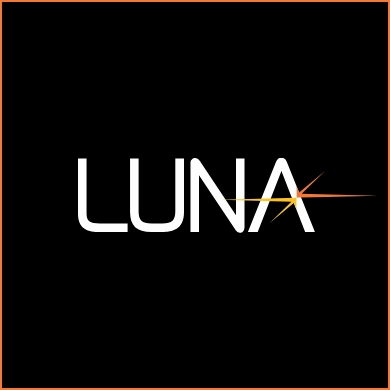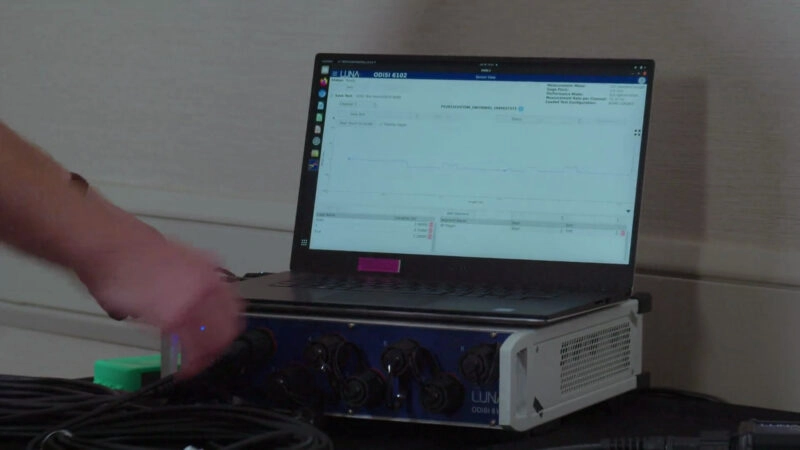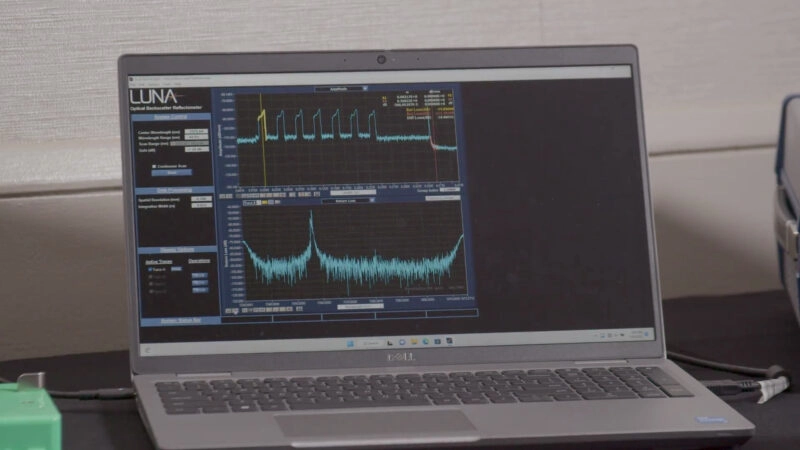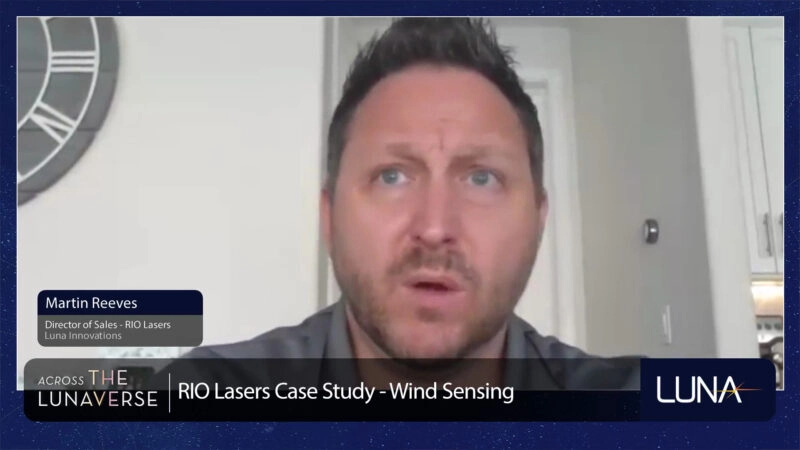Pioneering Commercial Success in Atomic Physics
Martin Reese, Director of Sales for the RIO Laser Division at Luna Innovations, delves into a remarkable case study centered around the application of RIO lasers in atomic physics. It highlights the pivotal role of RIO lasers in the laser cooling and trapping process, shedding light on their groundbreaking contributions to a unique niche within the scientific realm.
Martin kicks off the discussion by introducing the concept of laser cooling and trapping, where RIO lasers have found a remarkable foothold. He emphasizes the widespread use of RIO lasers in this application across universities and research centers globally. What sets this apart is that it showcases the first customer who successfully translated RIO R&D into a commercially available laser cooling and trapping experiment. This breakthrough expedited the process of establishing advanced experiments and applications in the field, such as precision timing references and gravity meters.
The conversation progresses into the preexisting relationship between RIO lasers and the customer. Martin explains that the customer’s familiarity with RIO lasers stemmed from their previous experience in discrete wavelength applications, where RIO’s stability, performance, and narrow line widths played an integral role.
Martin elaborates on the customer’s choice of RIO lasers for this unique application. The ability of RIO lasers to precisely tune to discreet wavelengths with exceptional accuracy, while maintaining unmatched stability over extended periods, is highlighted as a crucial aspect that aligns with the rigorous demands of atomic physics.
The discussion also touches upon the interplay between performance and cost. Martin delineates how RIO lasers offer a spectrum of solutions, catering to diverse needs within the market. He emphasizes that RIO’s capability to tailor its lasers to different price points without compromising on performance is a significant advantage.
Delving into unanticipated technical challenges, Martin explains that while no unexpected challenges were encountered with the technology itself, there was a realization that certain custom wavelengths were becoming more standardized in the field. This observation prompted RIO to consider maintaining these wavelengths in stock to enhance customer responsiveness.
Martin concludes with the future trajectory for this customer. He envisions potential miniaturization, enabling them to transition from rack-based units to compact shoebox-sized solutions. He also hints at RIO’s ongoing R&D efforts to produce these wavelengths more efficiently, suggesting exciting prospects for future endeavors.



